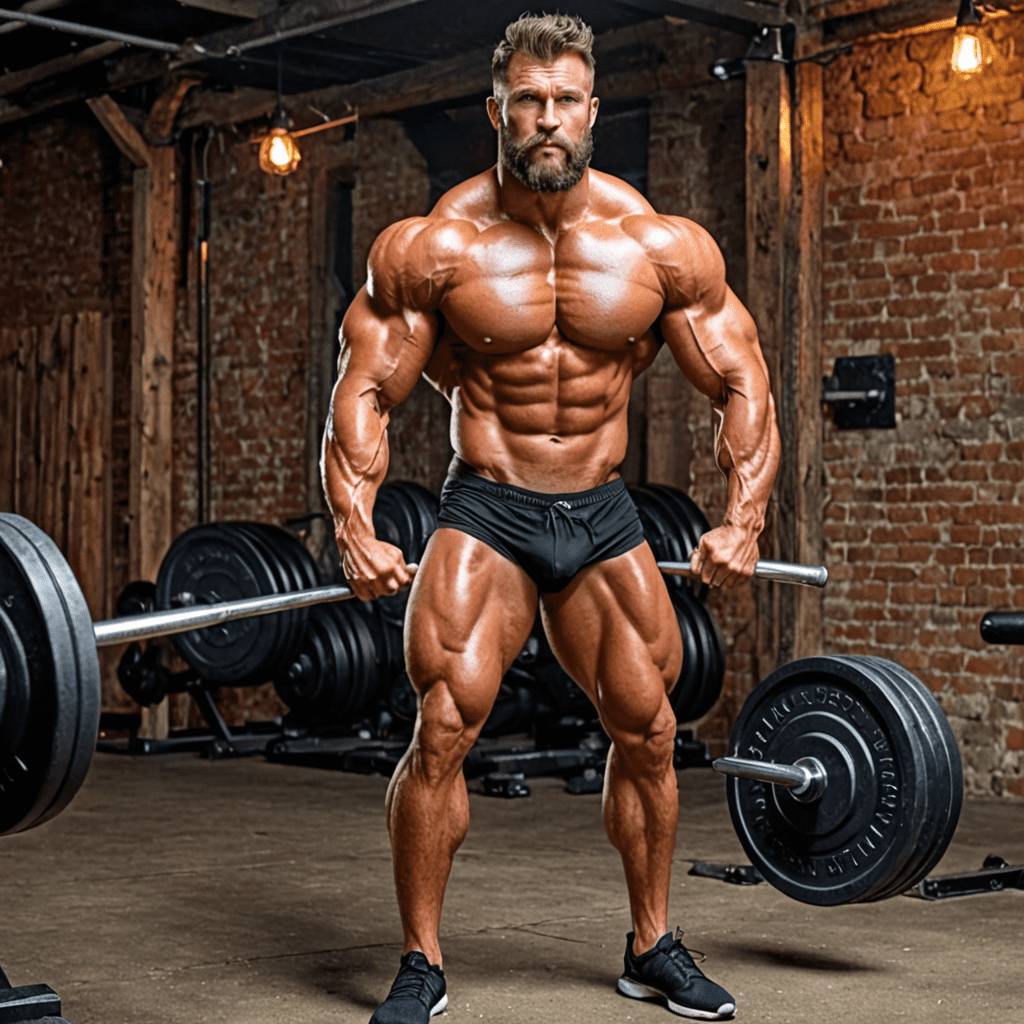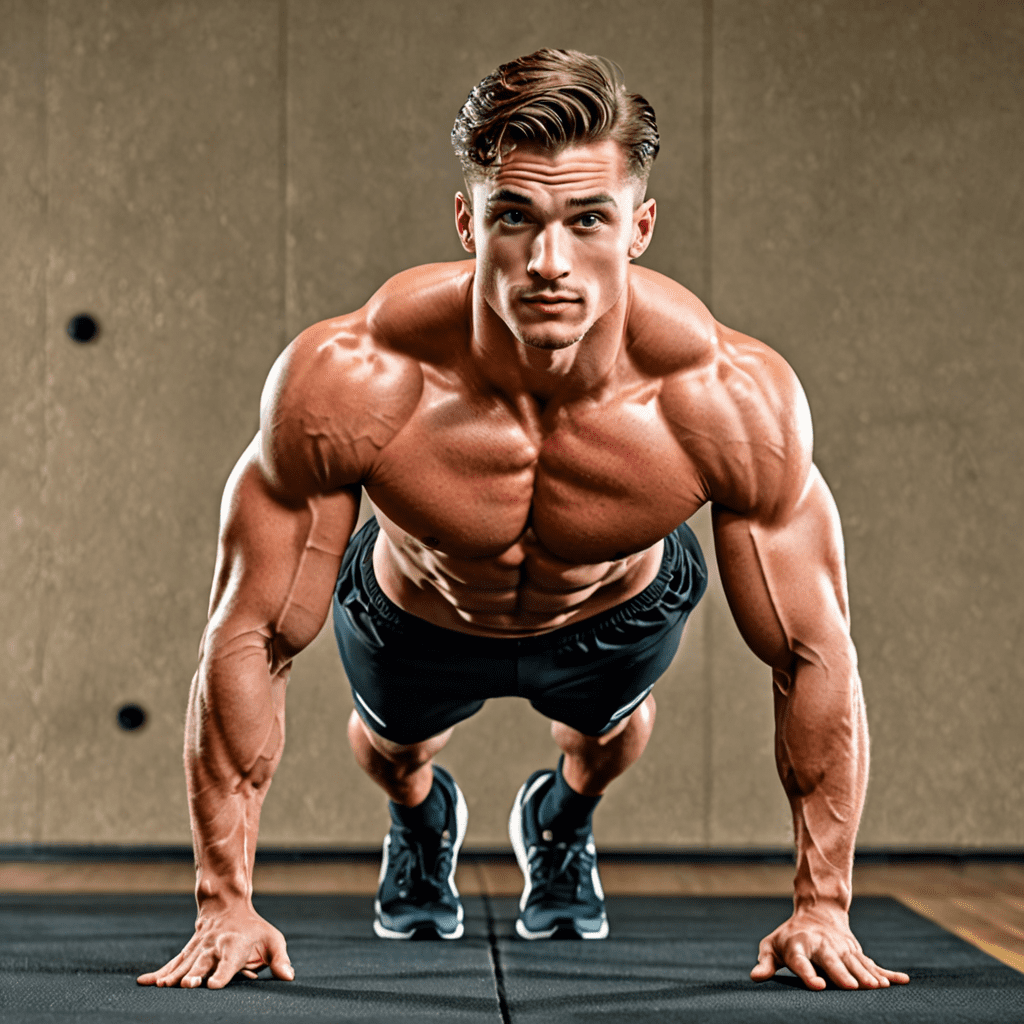
Muscle Building and Paleo Diet: Eating Like a Caveman for Muscle Growth
Introduction
When it comes to building muscle, the food we eat plays a crucial role in achieving our goals. One popular approach to muscle building is the Paleo diet, which emphasizes consuming whole, unprocessed foods similar to what our ancestors ate during the Paleolithic era. In this blog post, we will explore how following a Paleo diet can support muscle growth and overall health.
The Basics of the Paleo Diet
The Paleo diet, also known as the “caveman diet,” focuses on consuming foods that our hunter-gatherer ancestors would have eaten, such as lean meats, fish, fruits, vegetables, nuts, and seeds. This diet excludes processed foods, grains, dairy, and sugar, which are believed to contribute to inflammation and other health issues.
Supporting Muscle Growth with Protein
Protein is essential for muscle growth and repair, making it a key component of any muscle-building diet. The Paleo diet provides ample protein sources such as grass-fed meats, poultry, fish, and eggs. These protein-rich foods can help support muscle development and recovery after workouts.
Healthy Fats for Energy and Hormonal Balance
Healthy fats play a vital role in energy production and hormonal balance, both of which are important for muscle building. The Paleo diet includes sources of healthy fats like avocados, nuts, seeds, and olive oil, which can provide sustained energy for workouts and promote optimal hormone levels.
Complex Carbohydrates for Performance
While the Paleo diet limits refined carbohydrates, it includes nutrient-dense sources of complex carbohydrates like sweet potatoes, fruits, and vegetables. These carbohydrates can fuel intense workouts, support muscle glycogen stores, and aid in recovery post-exercise.
Emphasizing Nutrient Density for Optimal Health
One of the key principles of the Paleo diet is nutrient density, focusing on foods that are rich in vitamins, minerals, and antioxidants. By consuming nutrient-dense foods like leafy greens, berries, and wild-caught fish, individuals following the Paleo diet can support overall health and well-being while working towards their muscle-building goals.
Final Thoughts
Eating like a caveman with a Paleo diet can be a supportive approach for individuals looking to build muscle and improve their overall health. By prioritizing whole, unprocessed foods and emphasizing nutrient density, followers of the Paleo diet can create a solid foundation for muscle growth, recovery, and long-term well-being.
FAQs About Muscle Building and Paleo Diet
What is the Paleo Diet?
The Paleo Diet, also known as the Caveman Diet, revolves around consuming foods that our ancestors from the Paleolithic era would have eaten. It focuses on whole, unprocessed foods such as lean meats, fish, fruits, vegetables, nuts, and seeds while avoiding grains, dairy, and processed sugars.
How does the Paleo Diet support muscle growth?
The Paleo Diet emphasizes high-protein foods that are essential for muscle building and repair. By prioritizing lean meats, fish, and plant-based proteins, it provides the necessary nutrients to support muscle growth and recovery after workouts.
Can the Paleo Diet help with weight loss while building muscle?
Yes, the Paleo Diet can aid in weight loss while simultaneously supporting muscle growth. By focusing on whole foods and avoiding processed sugars and grains, it can help regulate insulin levels, promote fat loss, and build lean muscle mass.
Are there any drawbacks to following the Paleo Diet for muscle building?
While the Paleo Diet can be beneficial for muscle growth, some individuals may find it challenging to meet their carbohydrate needs for intense workouts. It is important to adjust the diet accordingly by including starchy vegetables and fruits to ensure adequate energy levels for high-intensity exercise.


